Purple Stems & Aromatic Leaves?
blakrab Centex
last year
Featured Answer
Sort by:Oldest
Comments (12)
Related Professionals
New Bedford Landscape Architects & Landscape Designers · Fridley Landscape Contractors · Oakland Landscape Contractors · Palos Verdes Estates Landscape Contractors · Paso Robles Landscape Contractors · Selden Landscape Contractors · Tavares Landscape Contractors · Laguna Beach Stone, Pavers & Concrete · Roxbury Crossing Landscape Architects & Landscape Designers · Billerica Landscape Contractors · Dixon Landscape Contractors · Edinburg Landscape Contractors · Longmont Landscape Contractors · Lyndhurst Landscape Contractors · Shenandoah Landscape Contractorsblakrab Centex
last yearlast modified: last yearblakrab Centex
last yearblakrab Centex
last yearlast modified: last yearblakrab Centex
last yearlast modified: last yearblakrab Centex
last year
Related Stories
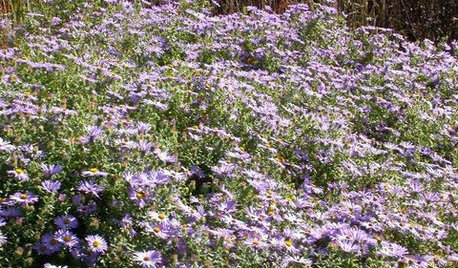
GARDENING FOR BUTTERFLIESGreat Design Plant: Aromatic Aster Keeps on Blooming
Tough as nails, drought loving, a deep fall bloomer ... this aster is a champ in sunny gardens
Full Story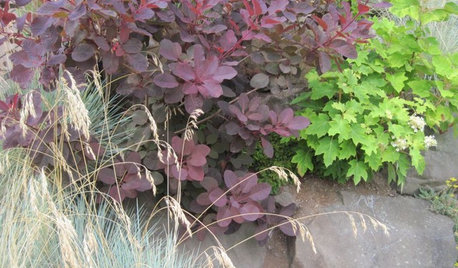
FOLIAGEBring on the Drama With Purple Foliage
These 9 plants, in shades from plum to maroon, will add dark, moody color to your garden year-round
Full Story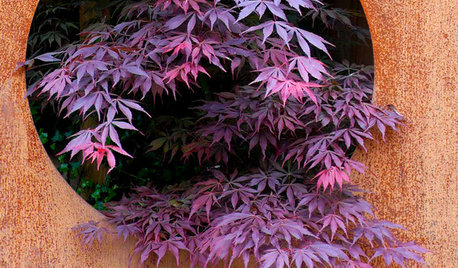
PLANTING IDEAS10 Ways to Use Deep Purple Foliage in Your Garden
Add depth to small gardens and drama to planting beds with dark tones
Full Story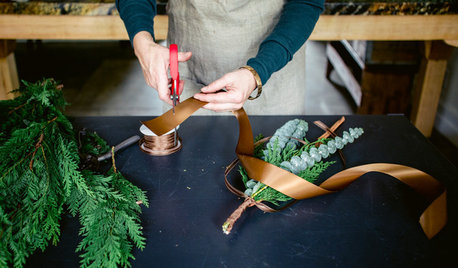
DIY PROJECTSMake a Natural, Aromatic Holiday Swag
Bring the fragrance of evergreens indoors by hanging this seasonal swag near entryways, on doorknobs and more
Full Story
GARDENING GUIDESGreat Design Plant: Glandularia Rigida Paints the Ground Purple
Sandpaper verbena's deep purple flowers create a colorful carpet in drought-tolerant gardens
Full Story
PURPLE FOLIAGE5 Purple-Leaf Majesties of Shrubs
Looking for beautiful depth and dynamism in your landscape? Just add purple
Full Story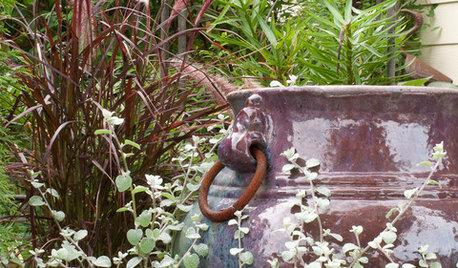
PLANTING IDEASGreat Garden Combo: Silver Sparkles Amid Purple and Blue Foliage
Get the look of this modern foundation planting by focusing on a restrained color palette with tasteful accents
Full Story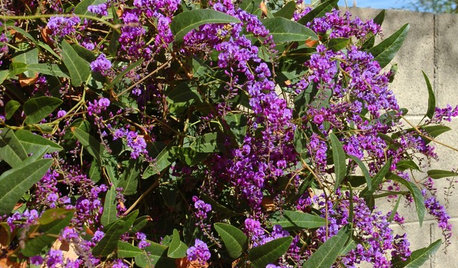
GARDENING GUIDESGreat Design Plant: Lilac Vine for a Purple Profusion in Winter
Grow this pretty, hardy vine on a fence or as a ground cover for blooms throughout the colder months
Full Story
GARDENING GUIDES20 Purple Flowers to Beautify Your Garden
If you like Pantone’s 2018 Color of the Year, try some of these purple-flowering plants suited to U.S. gardens
Full Story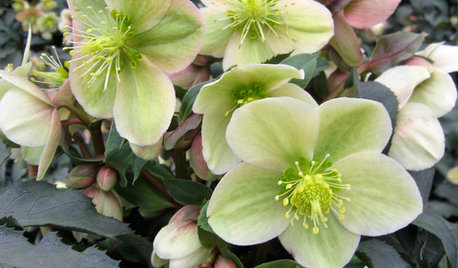
WINTER GARDENINGGreat Design Plant: Gold Collection Hellebores Perform Like Stars
Exciting colors, longer bloom times, forward-facing flowers ... These hybrids leave old hellebores in the dust
Full Story





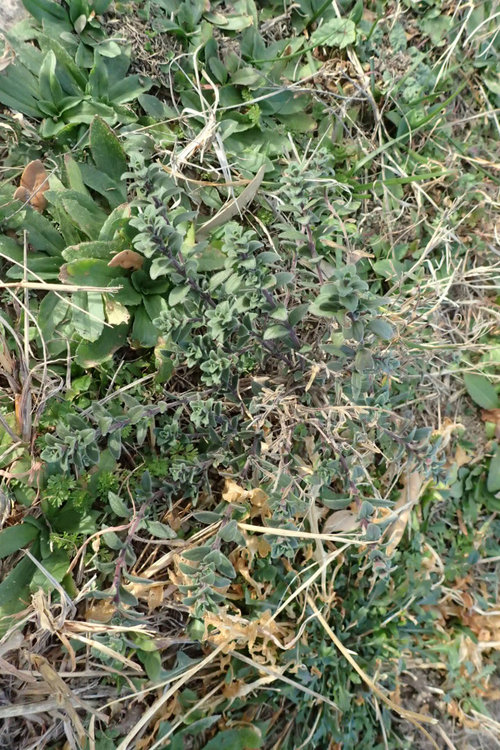
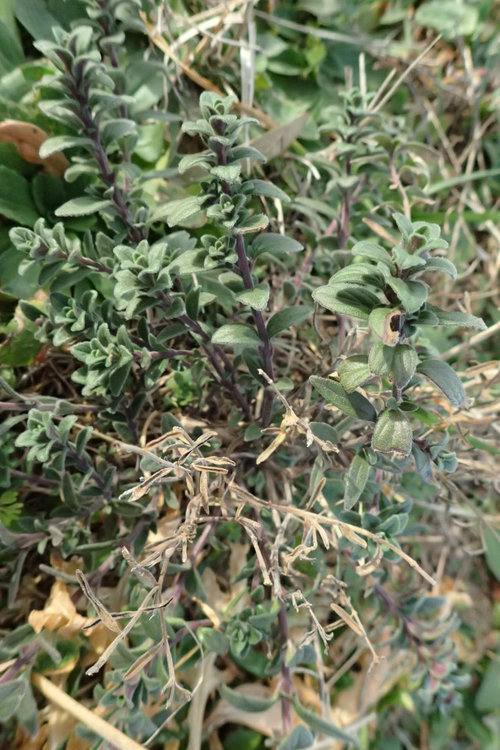
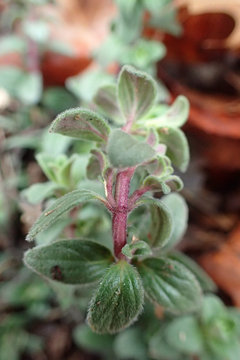



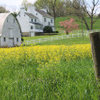


Jay 6a Chicago